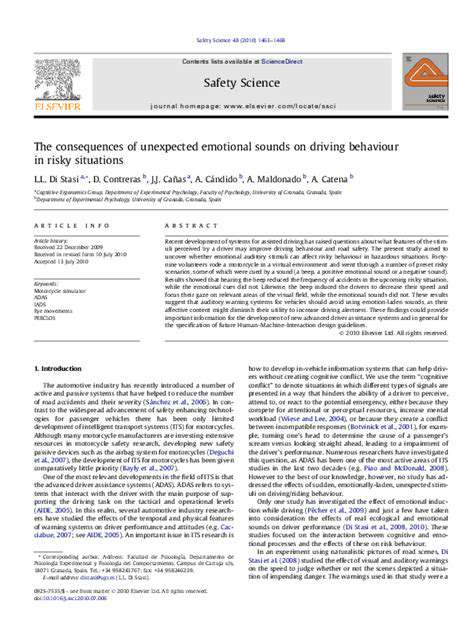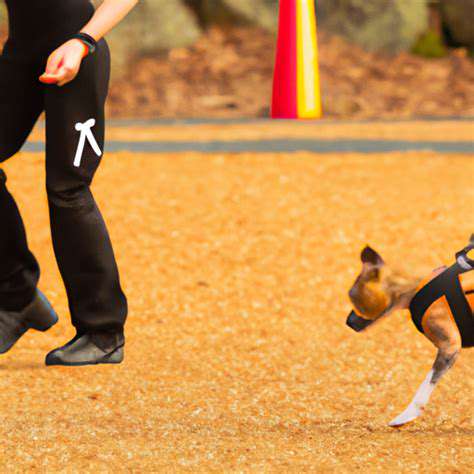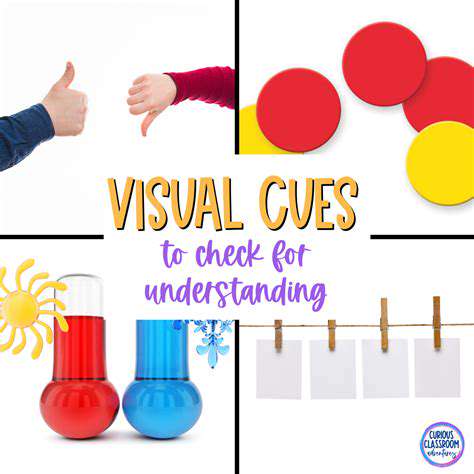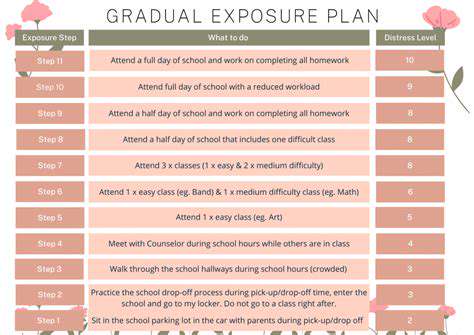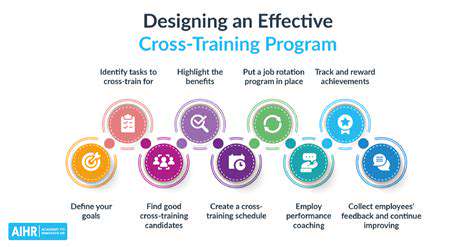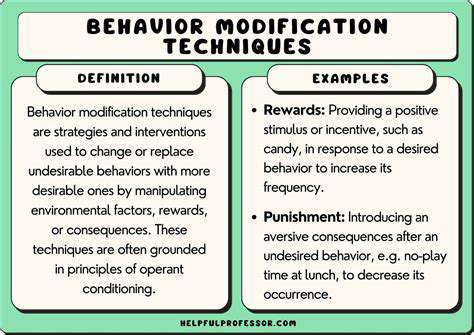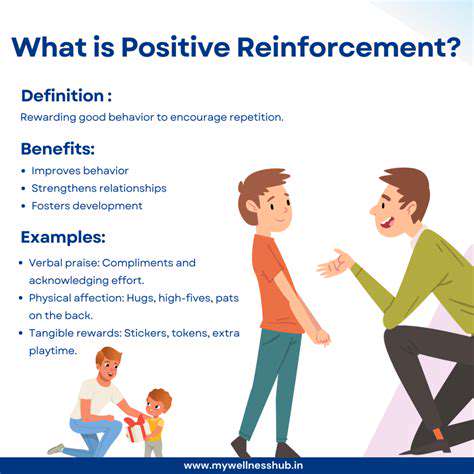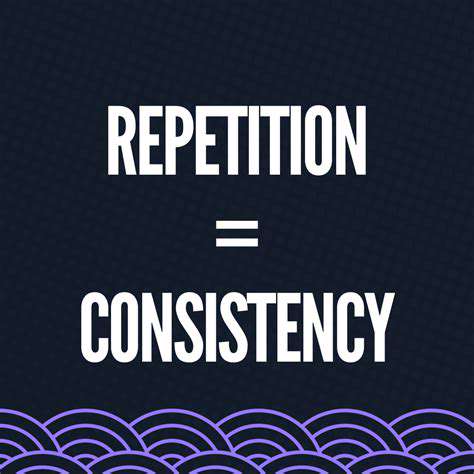Socializing Your Puppy with Toddlers: Supervision and Safety First
Puppy-Toddler Interactions: Potential Hazards
Supervising puppy-toddler interactions is crucial because of the inherent risks involved. Toddlers, with their limited understanding of boundaries and the unpredictable nature of their movements, can inadvertently hurt a puppy. Similarly, a playful puppy, especially one with a high energy level, can easily knock over a toddler or accidentally injure them during a roughhousing session. Proper supervision is paramount to mitigating these potential hazards and ensuring both the puppy and the toddler remain safe and unharmed.
Establishing Clear Boundaries and Expectations
Setting clear boundaries and expectations for both the puppy and the toddler is essential. This involves establishing designated areas for each, defining what behaviors are acceptable and unacceptable, and teaching both the puppy and the toddler to respect those boundaries. For example, a toddler should be taught to approach the puppy cautiously, never grab or pull at the puppy, and to understand that the puppy needs space and quiet time. The puppy should be trained to understand the toddler's space and be well-behaved when approached.
Safe Playtime Strategies
Creating safe and structured playtime strategies is key to minimizing risks. Using playpens or baby gates to separate and define play areas helps keep both the puppy and the toddler contained and prevents them from getting too close, too quickly. Supervised play sessions, where an adult is actively monitoring the interaction, helps to ensure that playful exchanges remain controlled and prevent accidents. Introducing toys and activities that engage both the puppy and the toddler in separate but interacting ways can encourage positive social interactions.
Training Considerations for the Puppy
Puppy training is critical to a successful interaction. Teaching the puppy basic obedience commands like sit, stay, and leave it is essential to controlling its behavior around a toddler. These commands will help prevent the puppy from becoming overly excited or aggressive, which could lead to accidents. Positive reinforcement training methods are recommended, focusing on rewarding good behavior and calmly redirecting any unwanted actions.
Toddler Development and Understanding
Understanding the developmental stage of the toddler is crucial. Toddlers may not always be aware of the puppy's body language cues or the potential for harm they can inflict. They may also not understand the concept of gentle handling or respect for the puppy's space. Educating the toddler about how to interact with the puppy, including respecting its boundaries and avoiding rough play, is essential for a positive and safe experience for everyone.
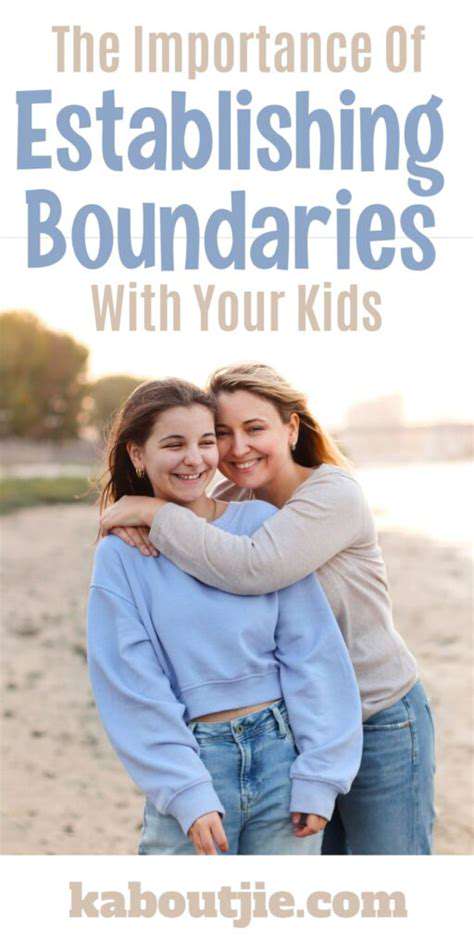
Regular decluttering isn't just about tidying up; it's a lifestyle choice that positively impacts your mental well-being. A cluttered space often mirrors a cluttered mind, making it harder to focus and leading to feelings of overwhelm. By making decluttering a regular habit, you create a calm and organized environment that promotes a more peaceful and productive state of mind. This consistent practice fosters a sense of control and reduces stress, allowing you to appreciate the beauty of a tidy space and the mental clarity it brings.
Puppy-Toddler Playtime: Structured and Positive Interactions

Establishing Clear Boundaries
A crucial aspect of structuring puppy-toddler playtime is establishing clear boundaries to ensure both the puppy and toddler understand expectations and safety protocols. This is essential for preventing accidents and ensuring everyone has a positive experience. Defining specific areas for play, such as a designated puppy playpen or a section of the living room, is key to maintaining control and reducing the risk of mishaps.
These boundaries not only help prevent potential conflicts but also teach the toddler and puppy important social cues, like respecting personal space and understanding limits. A well-structured environment promotes a more harmonious and enjoyable interaction between the two.
Supervising Play Interactions
Constant supervision is paramount during puppy-toddler playtime. A watchful eye is essential to ensure the puppy doesn't accidentally injure the toddler, or vice versa, and to prevent any mishaps or misunderstandings that could arise from unsupervised interactions. This vigilance allows for immediate intervention in case of any potential issues.
Careful observation can also help identify potential triggers for negative interactions or behaviors from either the puppy or the toddler, allowing for timely intervention and addressing any concerns before they escalate. Early intervention is crucial for fostering a positive dynamic.
Age-Appropriate Activities
Tailoring playtime activities to the developmental stages of both the puppy and toddler is vital. This means choosing activities that are appropriate for their respective physical and cognitive abilities, promoting safe and stimulating play. For example, gentle fetch games or supervised walks for the puppy and simple building blocks or soft toys for the toddler can be engaging and fun, without putting either at risk.
It's important to avoid activities that might overwhelm or overstimulate either the puppy or the toddler. Appropriate supervision and guidance are crucial for a successful and enjoyable experience.
Introducing Controlled Playtime
Introducing controlled playtime sessions is an effective strategy for structuring puppy-toddler interactions. This could involve a set amount of time allocated for play, with clear intervals for rest or redirection, ensuring both the puppy and toddler have adequate time to recharge and prevent exhaustion. This structured approach helps prevent overstimulation and promotes positive interactions.
Consistent scheduling and routine can make playtime more predictable and enjoyable for both the puppy and toddler, leading to a stronger bond. These sessions should be regularly revisited and adjusted based on the puppy and toddler's responses, ensuring that they remain engaging and safe.
Positive Reinforcement Techniques
Implementing positive reinforcement techniques during puppy-toddler playtime is crucial for shaping desired behaviors and fostering a positive association between the two. This could involve rewarding calm interactions and good behavior with treats, praise, or toys, while ignoring any unwanted behaviors. It's essential to be consistent in this approach to ensure that both the puppy and the toddler understand the expectations and consequences.
Positive reinforcement helps build a strong foundation for a positive relationship between the two. It also helps establish clear boundaries and promotes appropriate social interactions between them, creating a harmonious play environment.
Preventing Potential Problems and Addressing Issues
Early Socialization is Key
Puppy socialization is crucial for developing well-adjusted, confident dogs. Early exposure to various sights, sounds, people, and other animals is vital for shaping their future behavior. This period, typically between 3 and 12 weeks of age, is when puppies are most receptive to new experiences. Failing to provide adequate socialization during this time can lead to behavioral issues later on, including fearfulness, aggression, or reactivity to certain stimuli.
Structured and positive interactions are key. Expose your puppy to controlled, positive experiences with different people (of varying ages and ethnicities), dogs, and other animals. This helps them learn to approach new situations with confidence and not fear. Avoid overwhelming your puppy with too many encounters too quickly. Remember, less is often more when it comes to socialization.
Introducing New People and Places
Gradually introduce your puppy to new people, starting with familiar, calm individuals. Supervise all interactions and ensure the person is patient and respectful of your puppy's cues. Positive reinforcement, like treats or praise, is essential to reward calm and appropriate responses to new people. Take your puppy to different places, such as parks, stores, and even busy streets, but always maintain control and ensure they are comfortable. This helps them adapt to varying environments and reduce the likelihood of fear-based behaviors.
Consider bringing familiar items from home, like a blanket or toy, to provide comfort and security in new places. Slowly increase the complexity and intensity of the new experiences. Remember, consistency and patience are your best allies in this process.
Safe Interactions with Other Animals
Introduce your puppy to other animals gradually and cautiously. Always supervise these interactions, even if the other animals seem friendly. Start with short, controlled meetings in neutral territory. Pay close attention to your puppy's body language and the body language of the other animals. If signs of stress or aggression arise, immediately separate the animals. Ensure all animals involved are vaccinated and healthy to minimize the risk of disease transmission.
Positive reinforcement and rewards are crucial during these interactions. Reward calm and appropriate behaviors to reinforce positive associations with other animals. Remember, every puppy is unique, and some will adapt more quickly than others. Be patient and persistent, and always prioritize the safety and well-being of all animals involved.
Addressing Fear and Anxiety
Recognizing and addressing signs of fear and anxiety in your puppy is critical. Fearful responses can be learned, and addressing them early is crucial to prevent them from escalating. If your puppy shows signs of fear or anxiety, such as trembling, hiding, whimpering, or avoiding eye contact, provide a safe space and avoid forcing interactions. Use positive reinforcement techniques to encourage calm behavior and gradually introduce the source of the fear.
Managing Potential Problems with Other Dogs
Socialization with other dogs is essential for a puppy's development, but potential issues can arise. Learn to recognize signs of aggression or conflict between your puppy and other dogs. This includes aggressive body language, growling, snapping, or lunging. If you observe these signs, immediately separate the dogs and seek professional advice. Understanding canine body language is crucial for proactively addressing potential issues.
Early intervention is key in preventing conflicts from escalating. Consistent training and positive reinforcement techniques can help manage interactions and prevent future problems. Remember, seeking advice from a certified dog trainer or veterinarian is always recommended when dealing with challenging situations.
Read more about Socializing Your Puppy with Toddlers: Supervision and Safety First
Hot Recommendations
- The Impact of Early Socialization on a Dog's Interaction with Other Animals
- Car Travel and Puppy Socialization: Making the Journey a Positive Experience
- The Importance of Early Environmental Exposure for Puppy Development
- Taking Your Puppy to the Vet: Positive Socialization Strategies
- Making Training a Positive Experience for Your Puppy
- Public Transportation and Puppy Socialization: A Step by Step Guide
- Safe Socialization: Allowing Others to Pet Your Puppy
- Helping a Puppy Who Struggles with "Stay"
- Positive Puppy Interactions: Making Meetings with New Friends Fun
- No Treats Needed? Training Basic Commands with Verbal Praise
